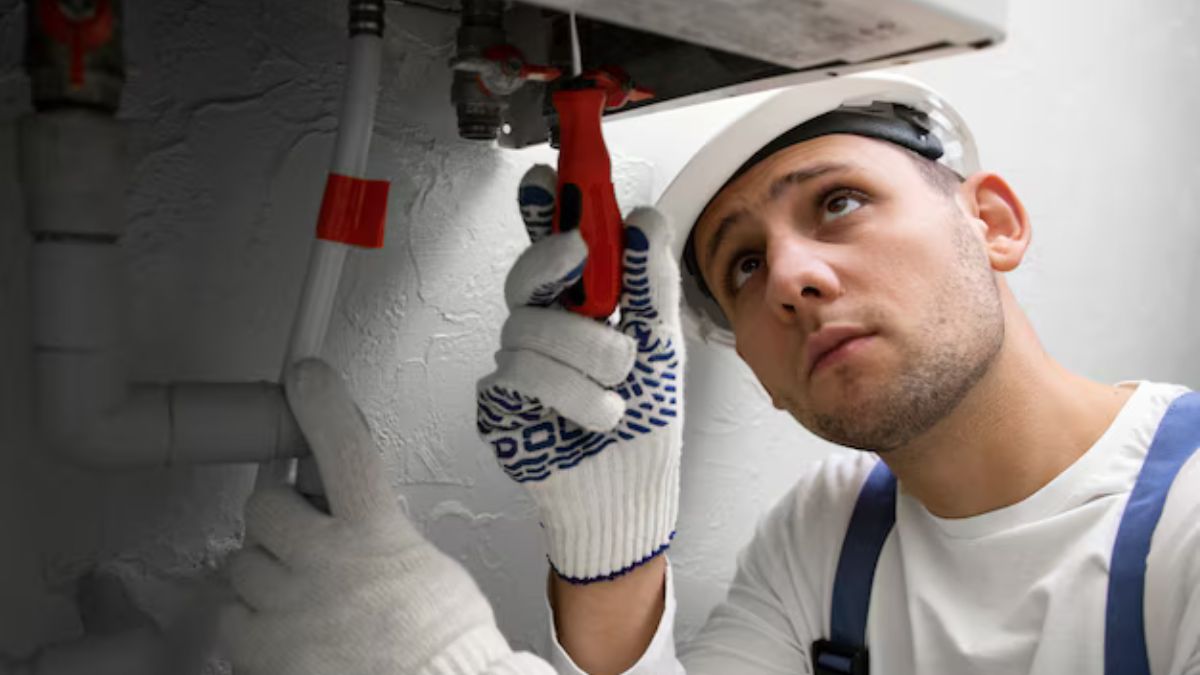Electrical Installation Condition Reports (EICRs) play a vital role in ensuring the safety and reliability of electrical installations within commercial properties. Beyond safety benefits, conducting regular EICRs can also have a positive impact on insurance premiums by mitigating risks and demonstrating proactive risk management practices to insurance providers. For businesses seeking to enhance their operational safety and compliance, obtaining a Commercial Electrical Certification is crucial.
Understanding Insurance Premiums
1. Factors Influencing Insurance Premiums
Insurance premiums for commercial properties are influenced by various factors, including the property’s risk profile, location, type of occupancy, and safety measures in place. Insurers assess these factors to determine the level of risk associated with the property and calculate premiums accordingly.
Benefits of EICR in Reducing Insurance Premiums
2. Demonstrating Commitment to Safety
Regular EICRs demonstrate a commitment to maintaining electrical safety standards within the commercial property. By identifying and addressing potential electrical hazards, property owners reduce the likelihood of electrical failures, fires, and other incidents that could lead to insurance claims. Insurers view proactive safety measures favorably, potentially resulting in lower premiums.
3. Risk Reduction and Loss Prevention
EICRs help in identifying and mitigating risks associated with electrical installations. Addressing issues such as faulty wiring, overloaded circuits, or outdated electrical components reduces the risk of electrical faults that could cause property damage or business interruption. Insurers may offer discounted premiums to properties with reduced risk of claims due to improved electrical safety.
Compliance with Safety Standards
4. Compliance with Regulatory Requirements
Compliance with electrical safety regulations, such as the Electricity at Work Regulations 1989, is essential for commercial properties. Regular EICRs ensure that electrical installations meet these standards, which is a key consideration for insurers when assessing risk. Properties that comply with regulations are less likely to experience electrical incidents, leading to potential premium reductions.
5. Enhanced Risk Management Practices
EICRs support effective risk management practices by providing insights into the condition of electrical systems. Property owners can proactively address identified issues, implement recommended improvements, and maintain thorough documentation of inspections and corrective actions. These practices demonstrate diligence in managing risks associated with electrical hazards, which insurers value in premium calculations.
Collaboration with Insurance Providers
6. Communicating EICR Findings
After conducting an EICR, property owners can share the inspection findings and reports with their insurance providers. Highlighting proactive maintenance efforts and improvements made based on inspection recommendations can positively influence insurers’ perception of the property’s risk profile. Clear communication of EICR outcomes reinforces the property’s commitment to safety and risk reduction.
7. Negotiating Lower Premiums
Armed with EICR reports and evidence of enhanced safety measures, property owners can negotiate with insurers for lower premiums. Demonstrating a proactive approach to managing electrical risks and maintaining a safe environment may incentivize insurers to offer discounts or favorable terms, reflecting reduced risk exposure for the insured property.
Conclusion
In conclusion, conducting regular EICRs not only enhances electrical safety and compliance but also contributes to reducing insurance premiums for commercial properties. By identifying and addressing potential hazards, demonstrating compliance with safety standards, implementing effective risk management practices, and communicating inspection findings to insurers, property owners can mitigate risks and improve their property’s risk profile. Investing in electrical safety through EICRs is not only a prudent business decision but also a strategic approach to protecting assets, minimizing insurance costs, and ensuring long-term sustainability and resilience for commercial properties. For landlords and property managers looking to streamline safety certifications, partnering with Landlord Certification can provide comprehensive solutions tailored to meet regulatory requirements and ensure tenant safety,If you want to stay updated with posts like this, please follow us on VerityMagzine.











